All of Jupiter's Large Moons Have Auroras
Jupiter is well known for its spectacular aurorae, thanks in no small part to the Juno orbiter and recent images taken by the James Webb Space Telescope (JWST). Like Earth, these dazzling displays result from charged solar particles interacting with Jupiter’s magnetic field and atmosphere. Over the years, astronomers have also detected faint aurorae in the atmospheres of Jupiter’s largest moons (aka. the “Galilean Moons“). These are also the result of interaction, in this case, between Jupiter’s magnetic field and particles emanating from the moons’ atmospheres.
Continue Reading




















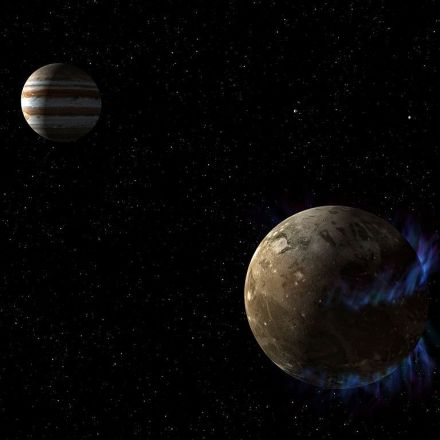


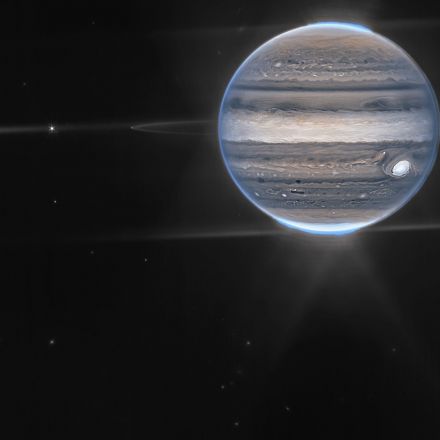
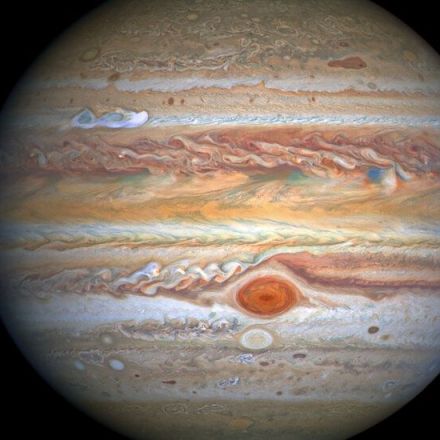
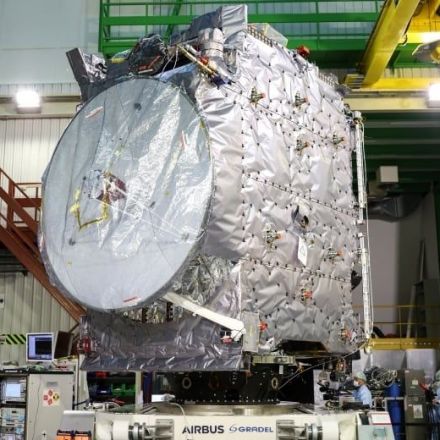
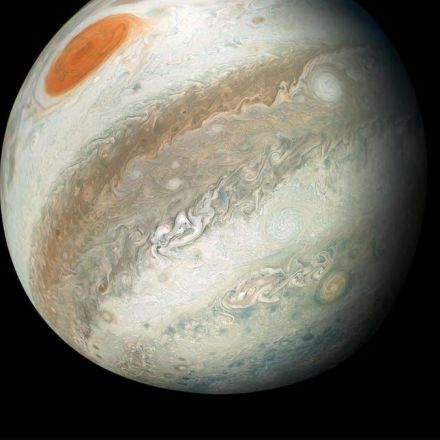
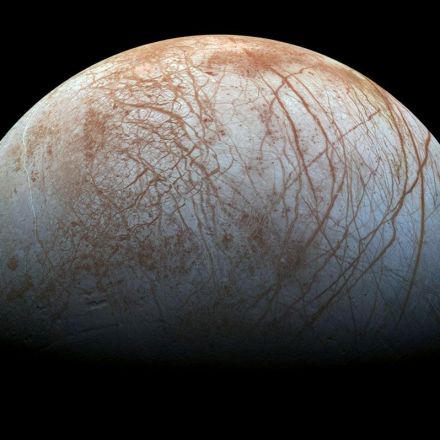
Join the Discussion